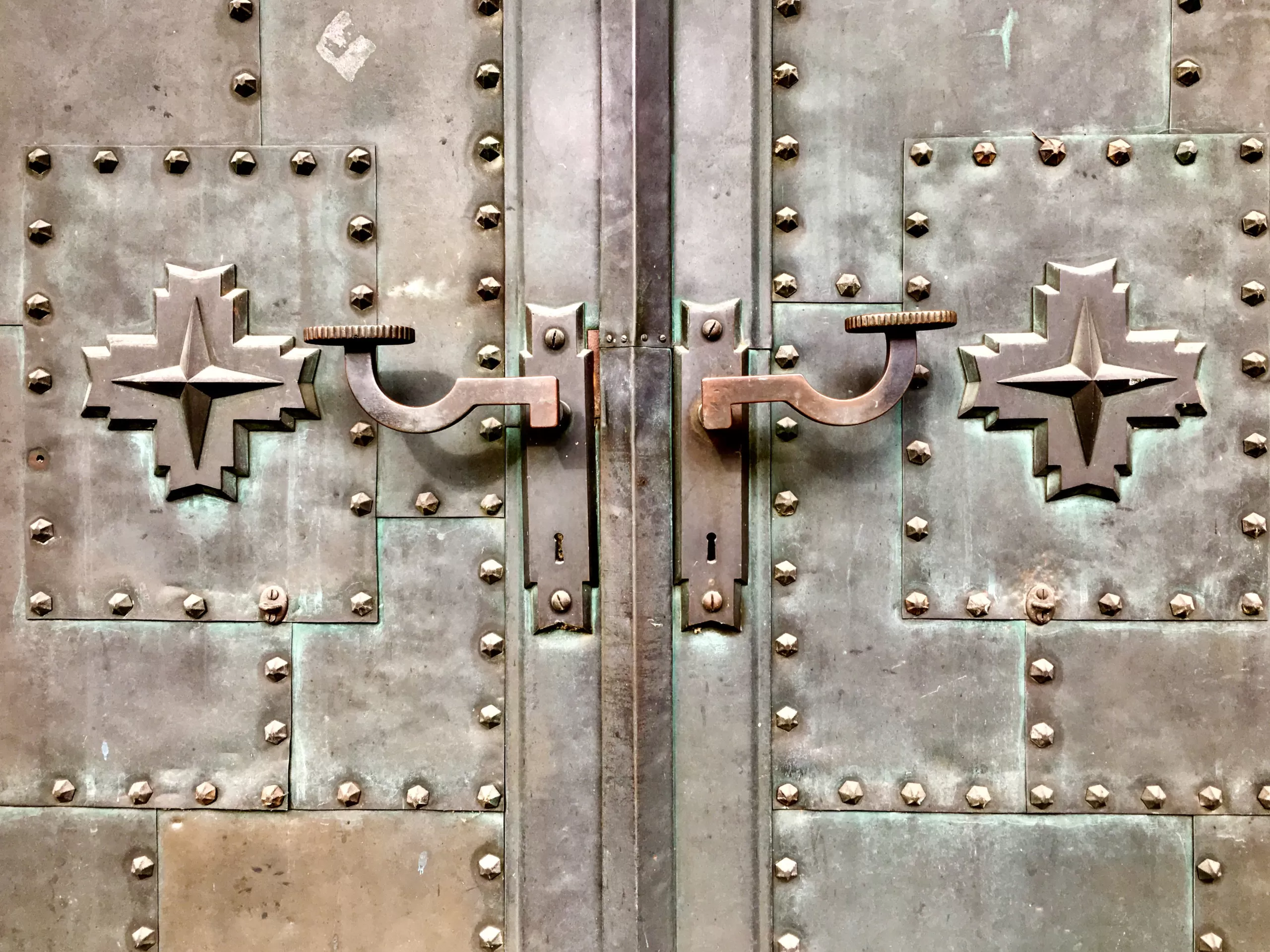
Sankt Petrus Canisius, 1927-1928. Architekten: Hugo Schlösser, Wilhelm Friedrich Laur. Photo: Daniela Christmann
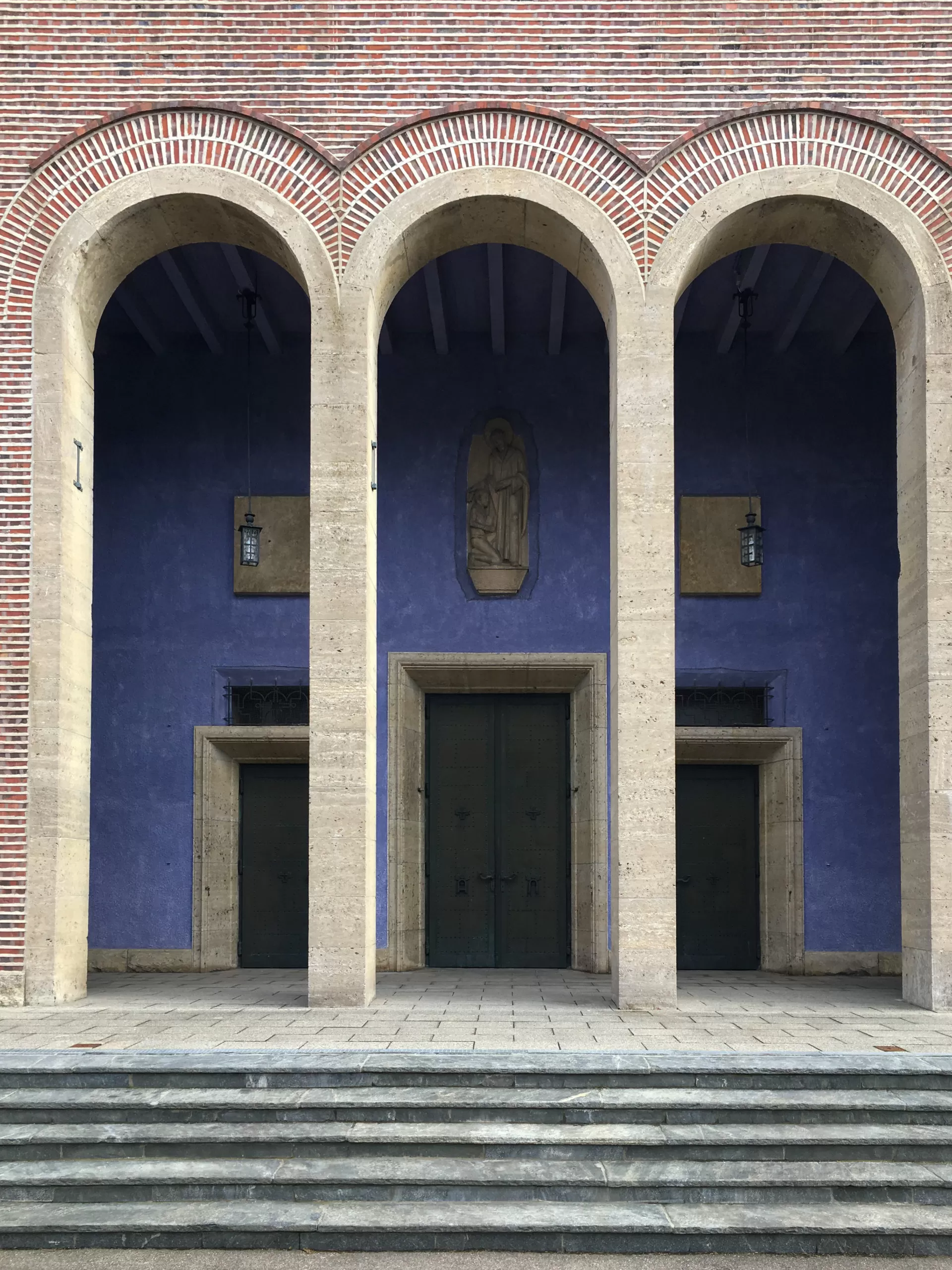
Sankt Petrus Canisius, 1927-1928. Architekten: Hugo Schlösser, Wilhelm Friedrich Laur. Photo: Daniela Christmann
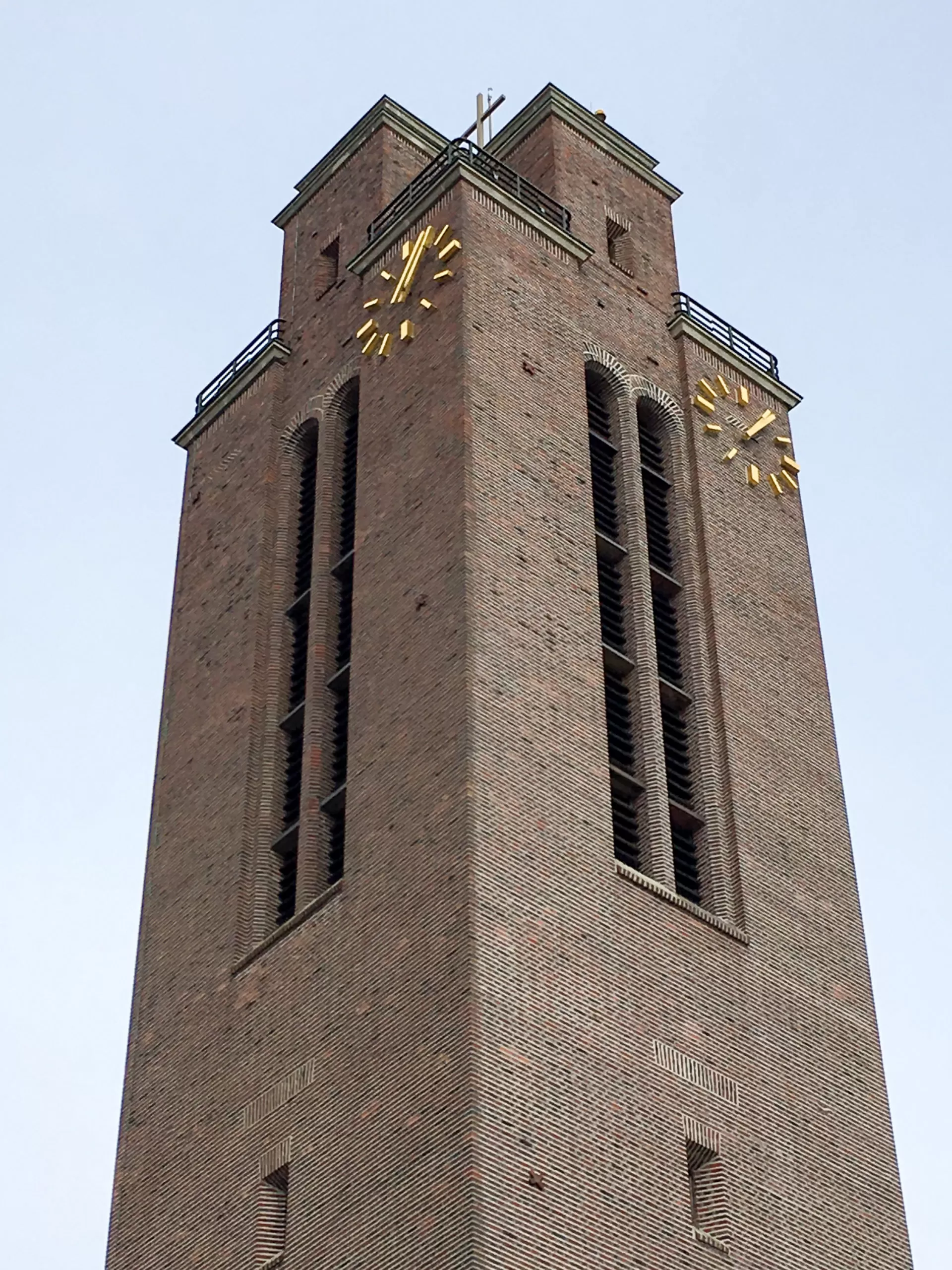
Sankt Petrus Canisius, 1927-1928. Architekten: Hugo Schlösser, Wilhelm Friedrich Laur. Photo: Daniela Christmann
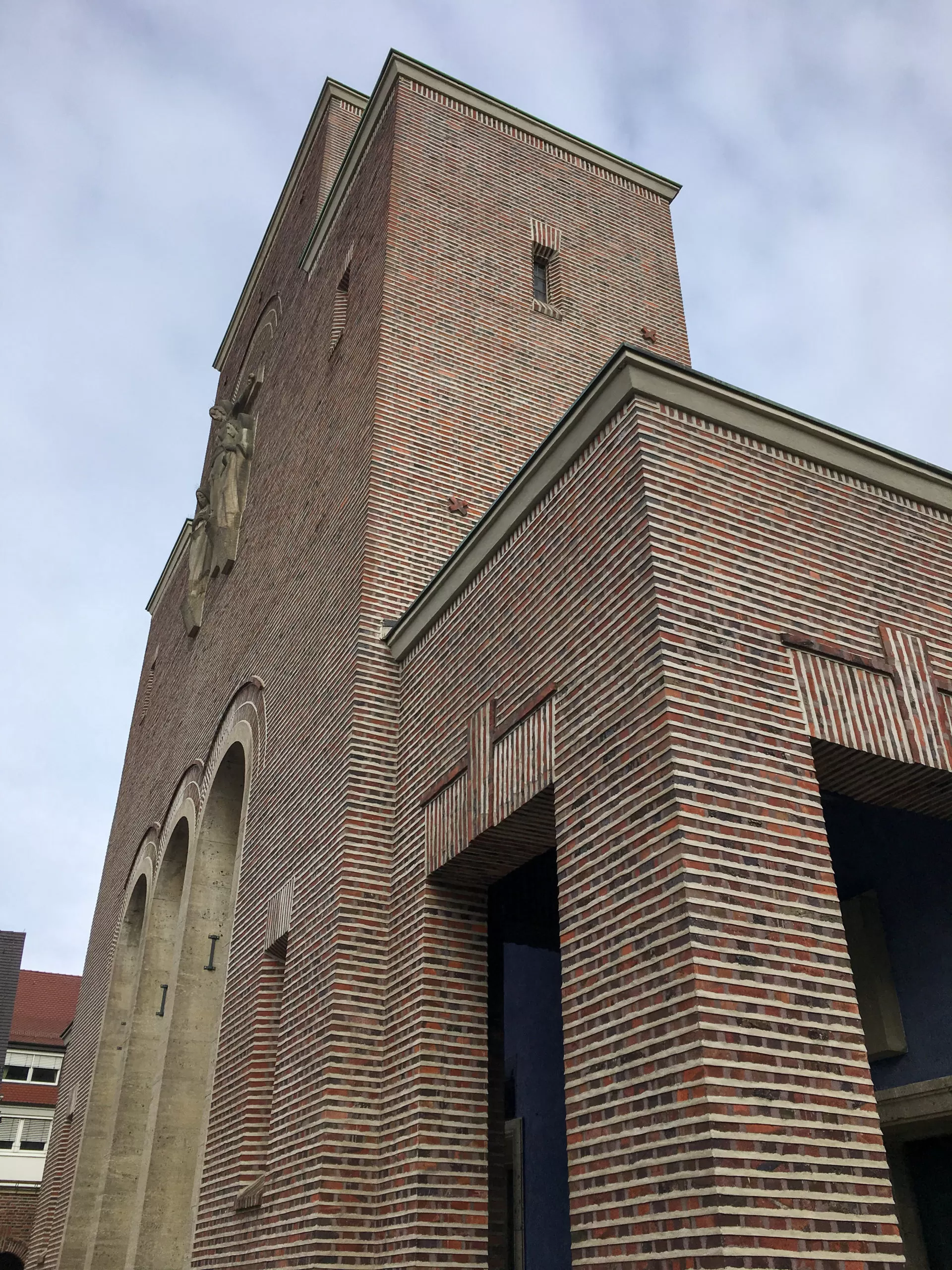
Sankt Petrus Canisius, 1927-1928. Architekten: Hugo Schlösser, Wilhelm Friedrich Laur. Photo: Daniela Christmann
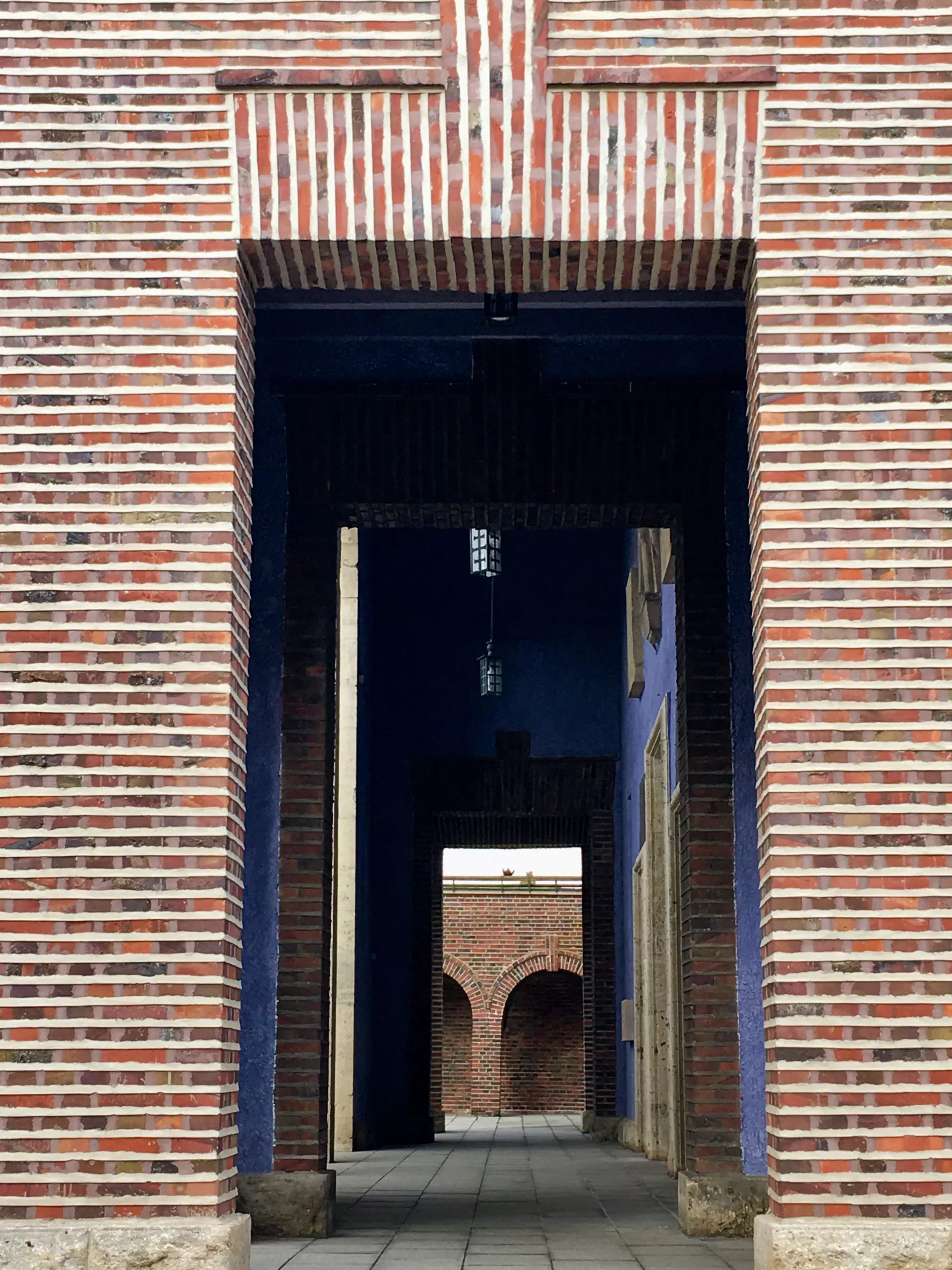
Sankt Petrus Canisius, 1927-1928. Architekten: Hugo Schlösser, Wilhelm Friedrich Laur. Photo: Daniela Christmann
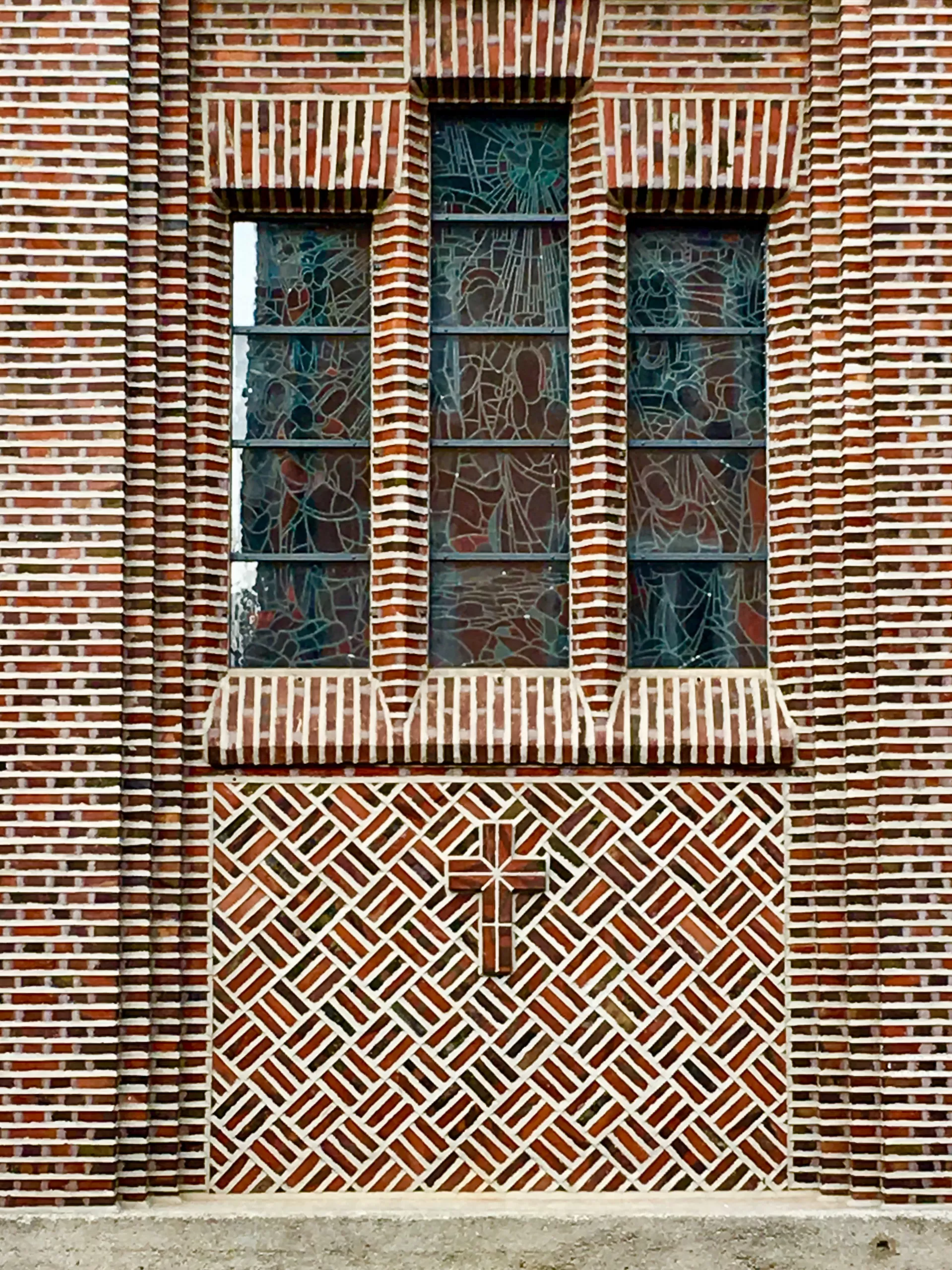
Sankt Petrus Canisius, 1927-1928. Architekten: Hugo Schlösser, Wilhelm Friedrich Laur. Photo: Daniela Christmann
1927 – 1928
Architects: Hugo Schlösser, Wilhelm Friedrich Laur
Katharinenstraße 14, Friedrichshafen, Germany
The Catholic parish church of St. Peter Canisius was built between 1927 and 1928 according to the plans of architects Hugo Schlösser and Friedrich Laur in New Objectivity forms with expressive details.
Friedrichshafen
At the beginning of the 20th century, Friedrichshafen developed into an important industrial city.
The Zeppelin factory settled here in 1908, followed by the Maybach engine works in 1912, the Dornier factory in 1914 and finally the gearwheel factory in 1915.
The construction of a second Catholic church in Friedrichshafen proved to be inevitable due to the associated increase in population.
Initial plans were shattered by the outbreak of the First World War.
In 1926, the parish acquired the land to build a new church.
On October 9, 1927, the foundation stone was laid and the architects Hugo Schlösser and Wilhelm Friedrich Laur were commissioned to plan the building.
The church was consecrated on November 25, 1928.
Church Building
The three-nave basilica with a 58-meter-long nave and 46-meter-high tower is complemented by annexes in cubic forms on the west side.
The tower with a square ground plan is characterized by high slender sound openings and a six meter high gilded cross.
The tower and church facade are completely clad in clinker brick.
The west building is divided by a three-arched central arcade made of shell limestone. Above it rises the monumental crucifixion group by the sculptor Karl Rieber from 1928.
Under the arcades three entrances open to the church, above the central entrance there is a relief of St. Peter Canisius, also by Karl Rieber.
Interior
Inside, the central nave is spanned by ten reinforced concrete beams and ends in a pointed barrel vault over fifteen meters high. The two side aisles have flat roofs.
The interior is illuminated by narrow and high skylights.
In the east, a double-stepped, eleven-meter deep rectangular choir with the bronze sculpture “consummatum est” by Toni Schneider-Manzell from 1970 closes the church.
At each side, the nave is bordered by seven arcades, each with a pointed arch that reaches almost to the skylights. Three more pointed-arch arcades are found under the organ.
Color Scheme
The color scheme of the interior, which contributes significantly to its effect, was designed by August Blepp. In the side aisles there is a deep blue, which merges with earth tones in the arcades into a light yellow-gold hall.
Opposite the pulpit is a stone Christ figure by Tony Schneider-Manzell from 1930.
Renovation
In 1944, the church was damaged but did not burn out. From 1965 to 1968, extensive renovation took place under the direction of architect Wilfried Beck-Erlang.
The formerly painted wooden ceiling was renewed and windows by the artist Lothar Quinte were installed.
These concrete glass windows from 1968 pick up the clinker brickwork in their fine structuring and fit harmoniously into the appearance of the church.
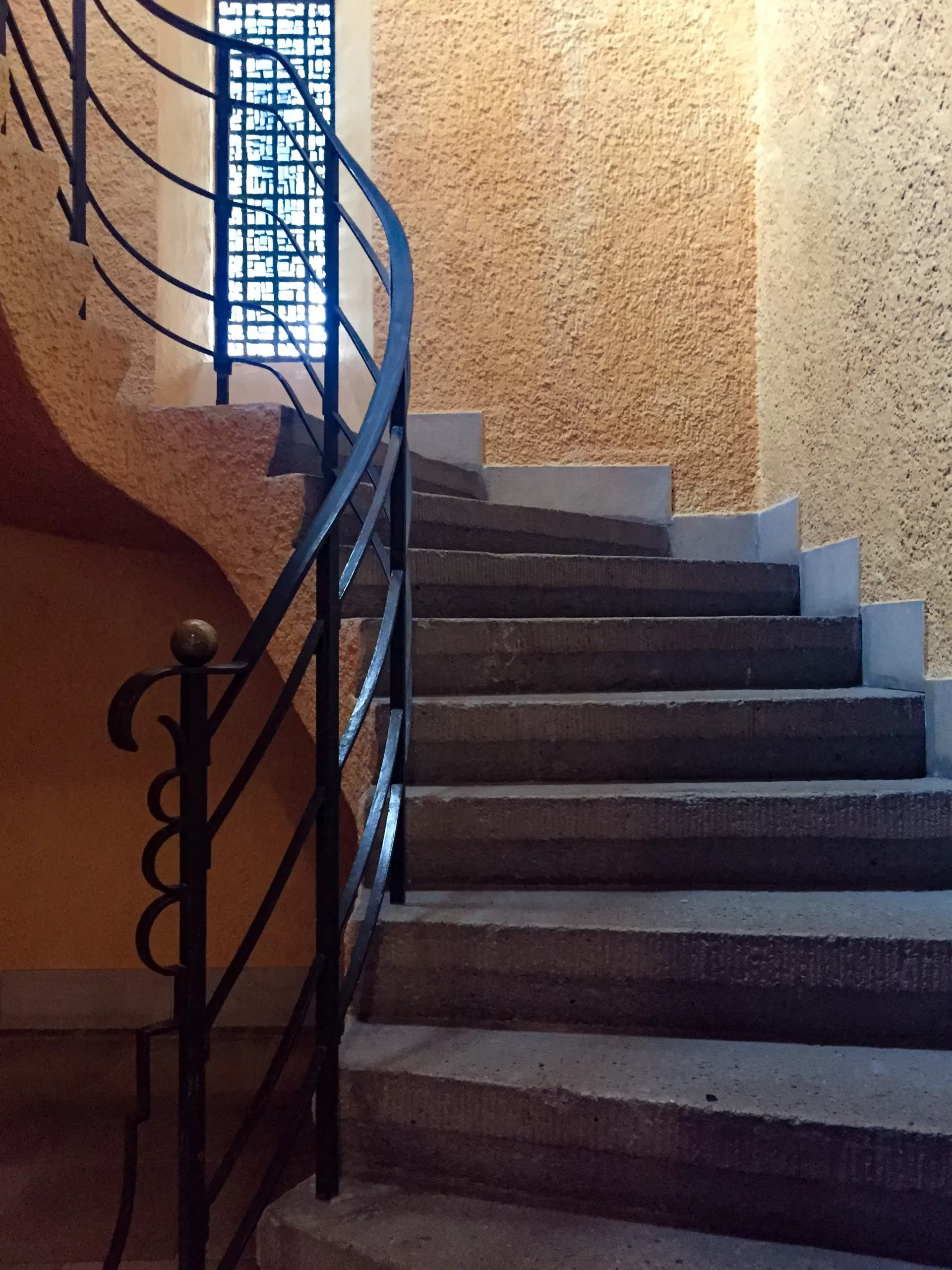
Sankt Petrus Canisius, 1927-1928. Architekten: Hugo Schlösser, Wilhelm Friedrich Laur. Photo: Daniela Christmann
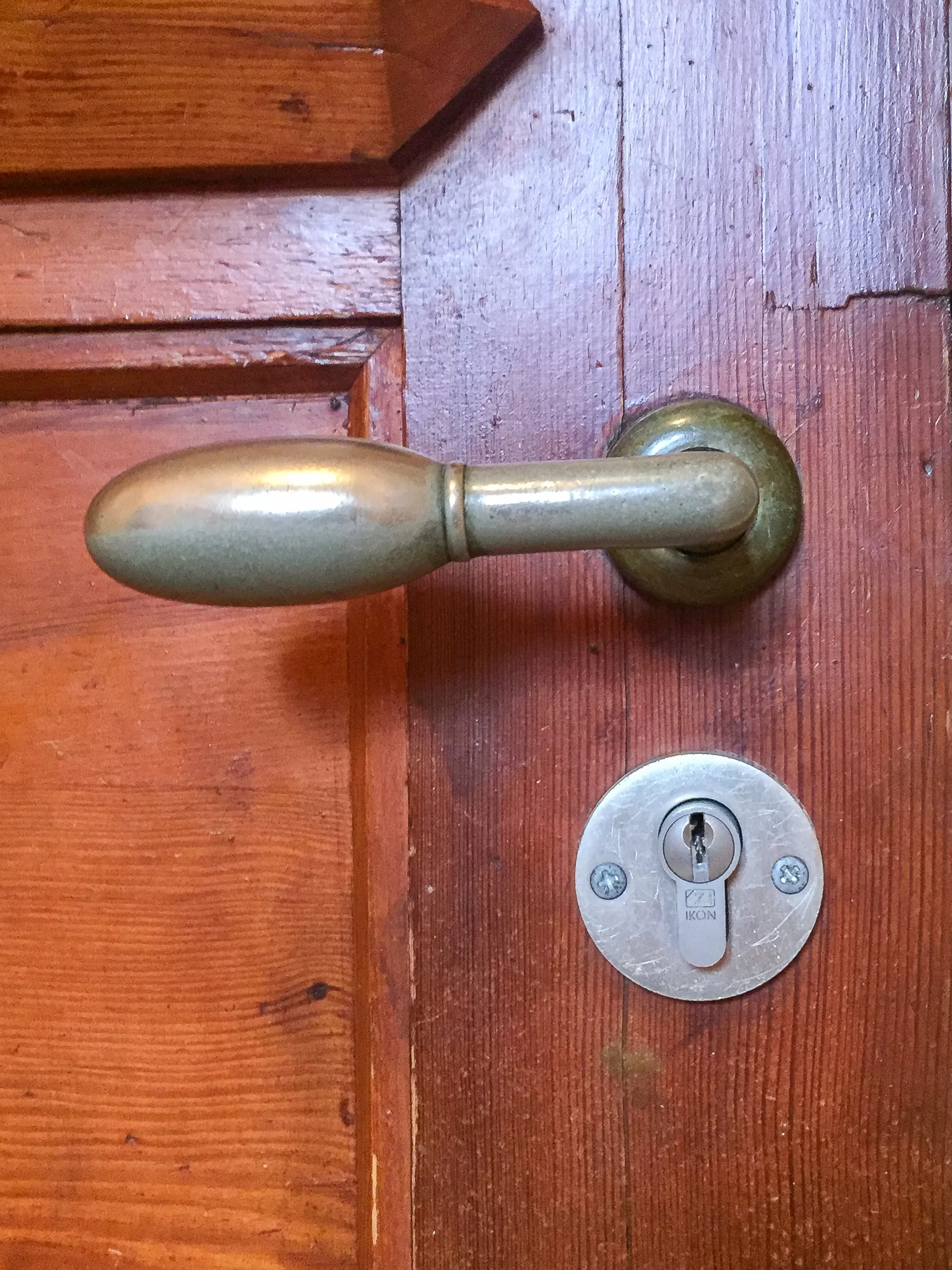
Sankt Petrus Canisius, 1927-1928. Architekten: Hugo Schlösser, Wilhelm Friedrich Laur. Photo: Daniela Christmann
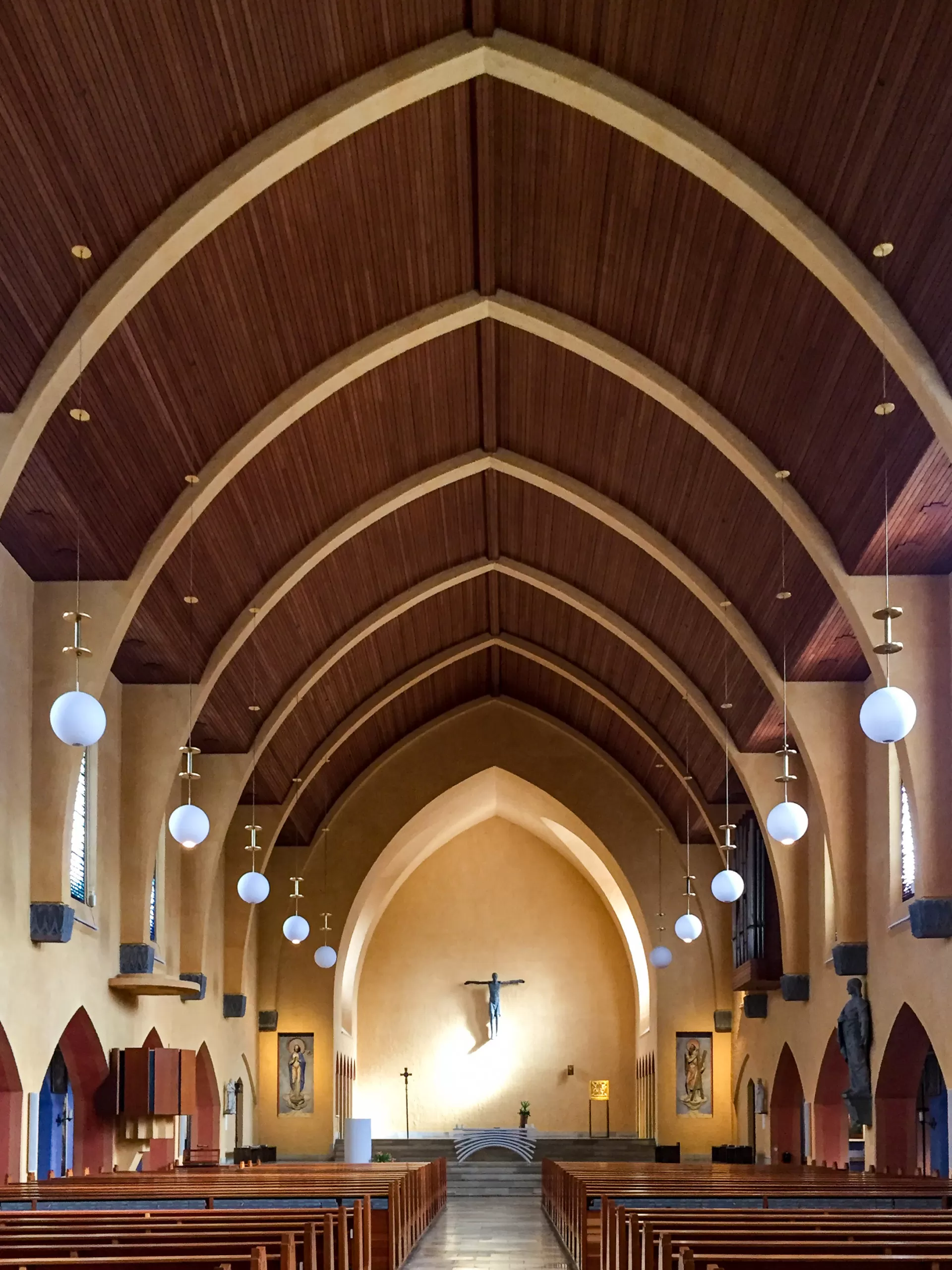
Sankt Petrus Canisius, 1927-1928. Architekten: Hugo Schlösser, Wilhelm Friedrich Laur. Photo: Daniela Christmann
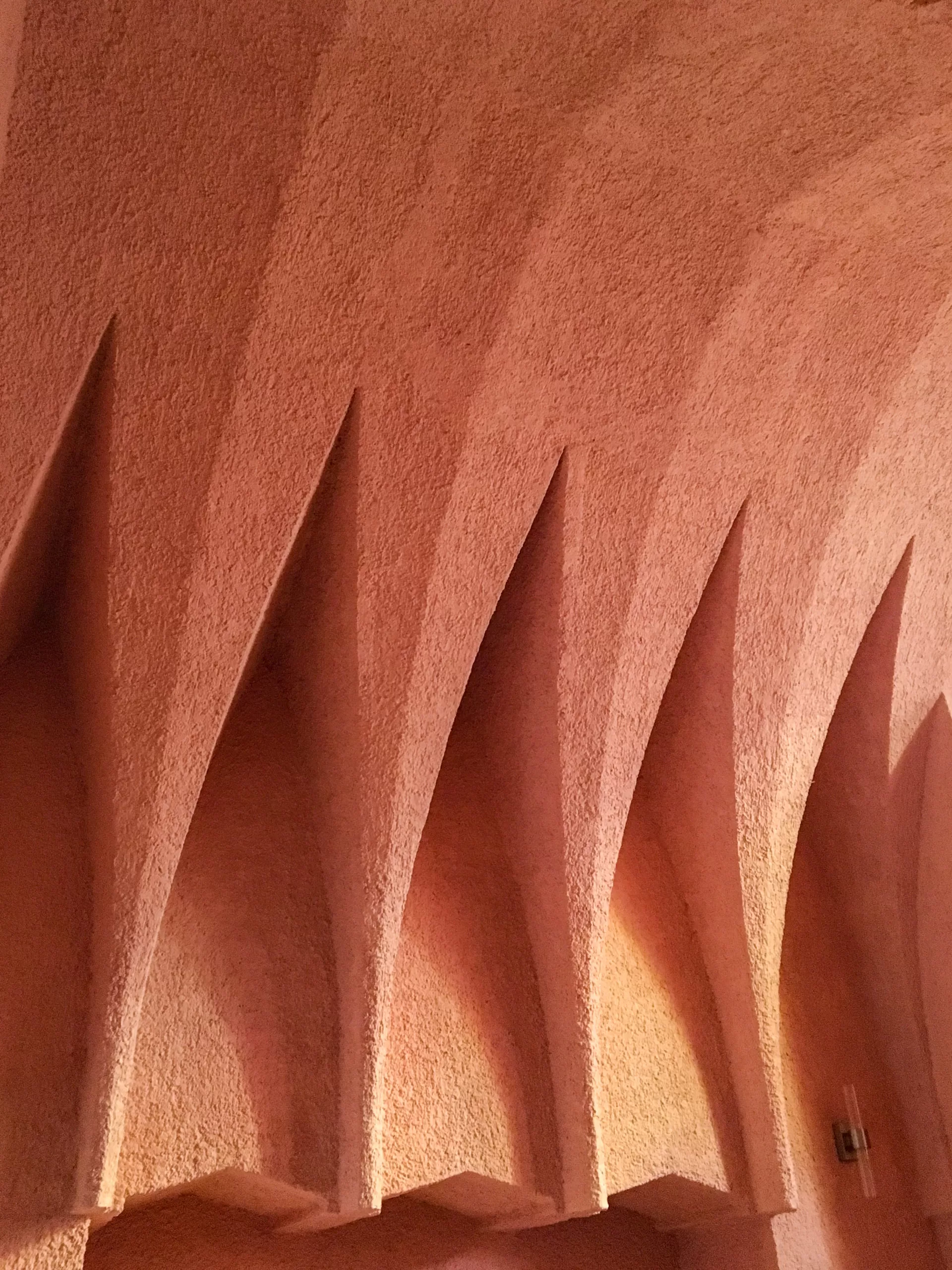
Sankt Petrus Canisius, 1927-1928. Architekten: Hugo Schlösser, Wilhelm Friedrich Laur. Photo: Daniela Christmann
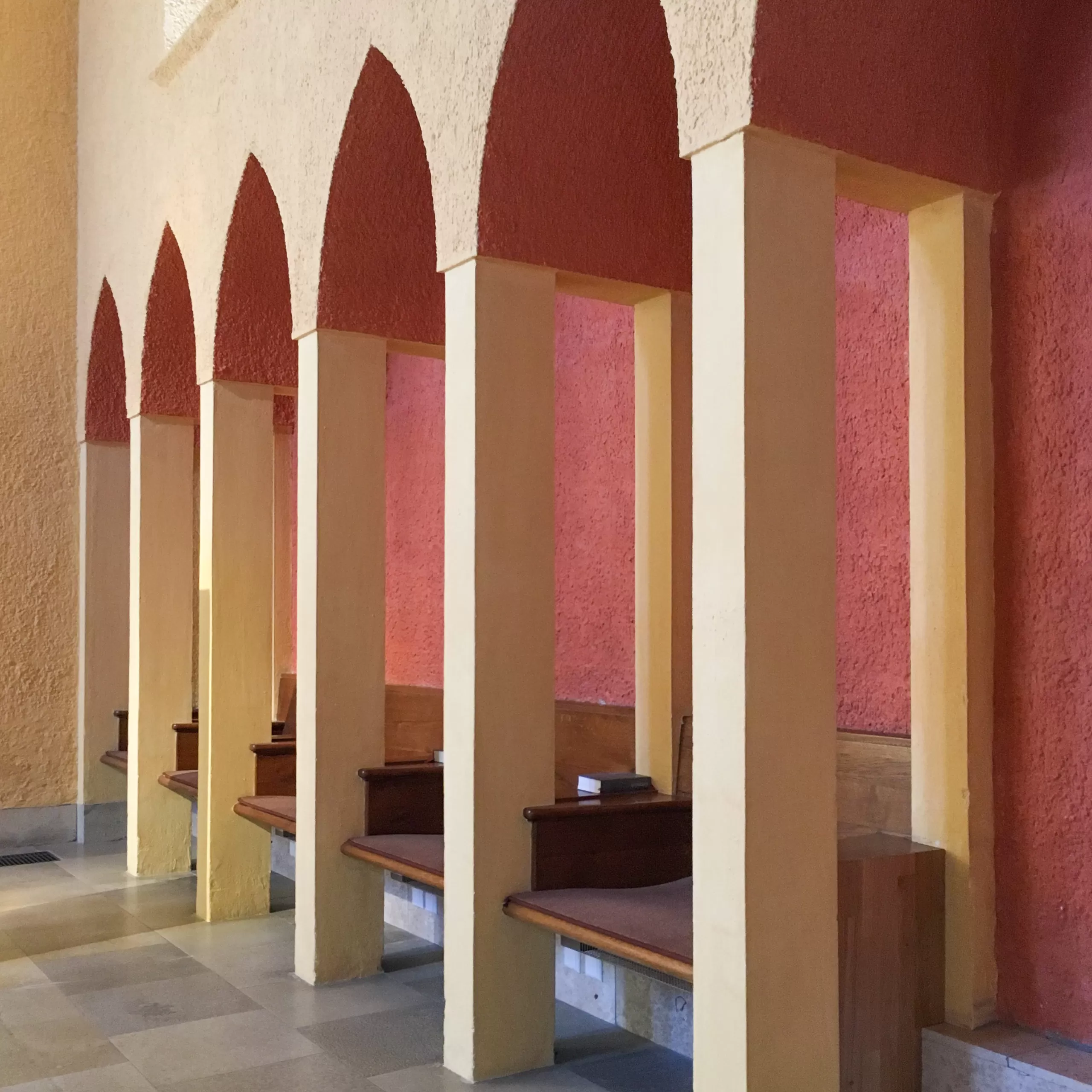
Sankt Petrus Canisius, 1927-1928. Architekten: Hugo Schlösser, Wilhelm Friedrich Laur. Photo: Daniela Christmann
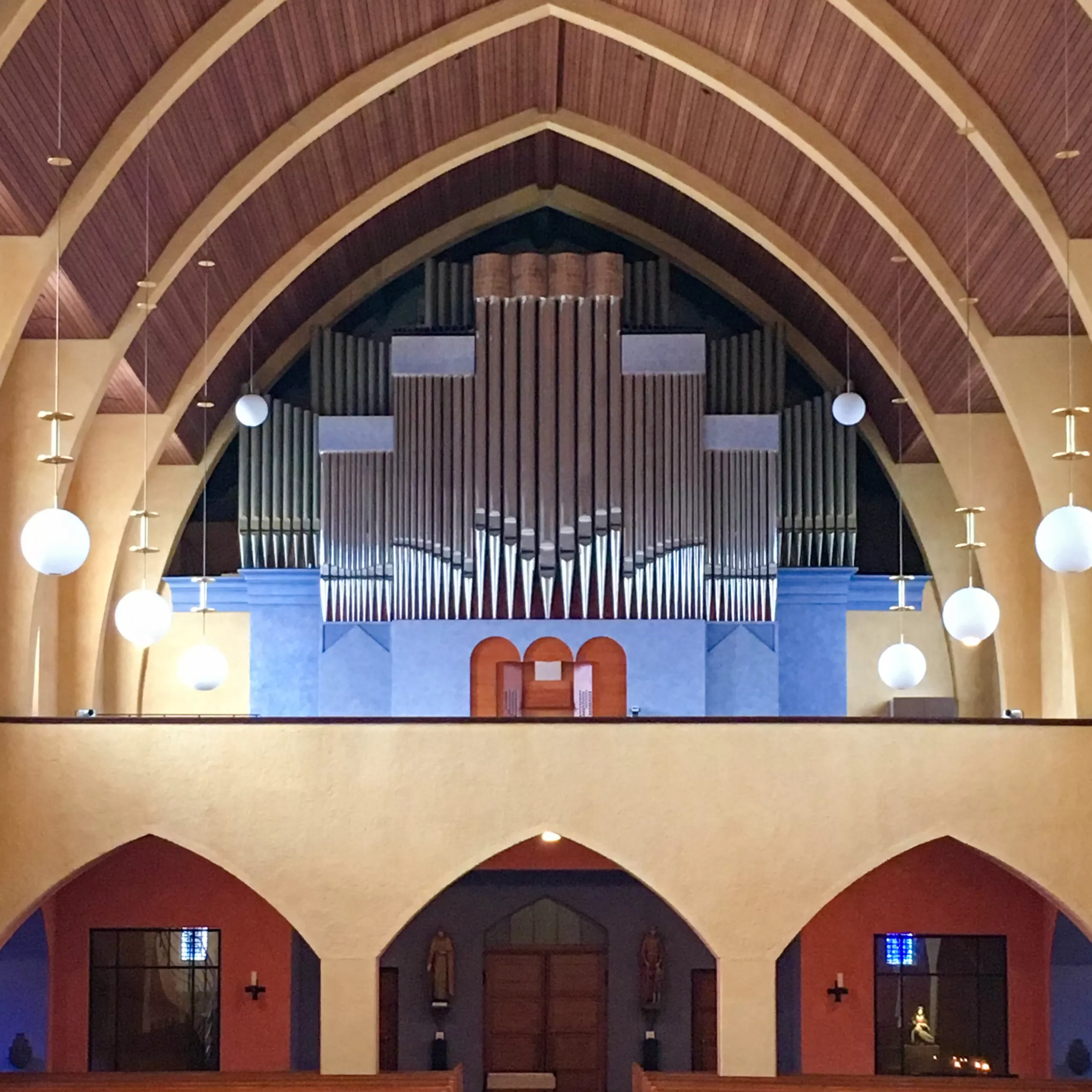
Sankt Petrus Canisius, 1927-1928. Architekten: Hugo Schlösser, Wilhelm Friedrich Laur. Photo: Daniela Christmann
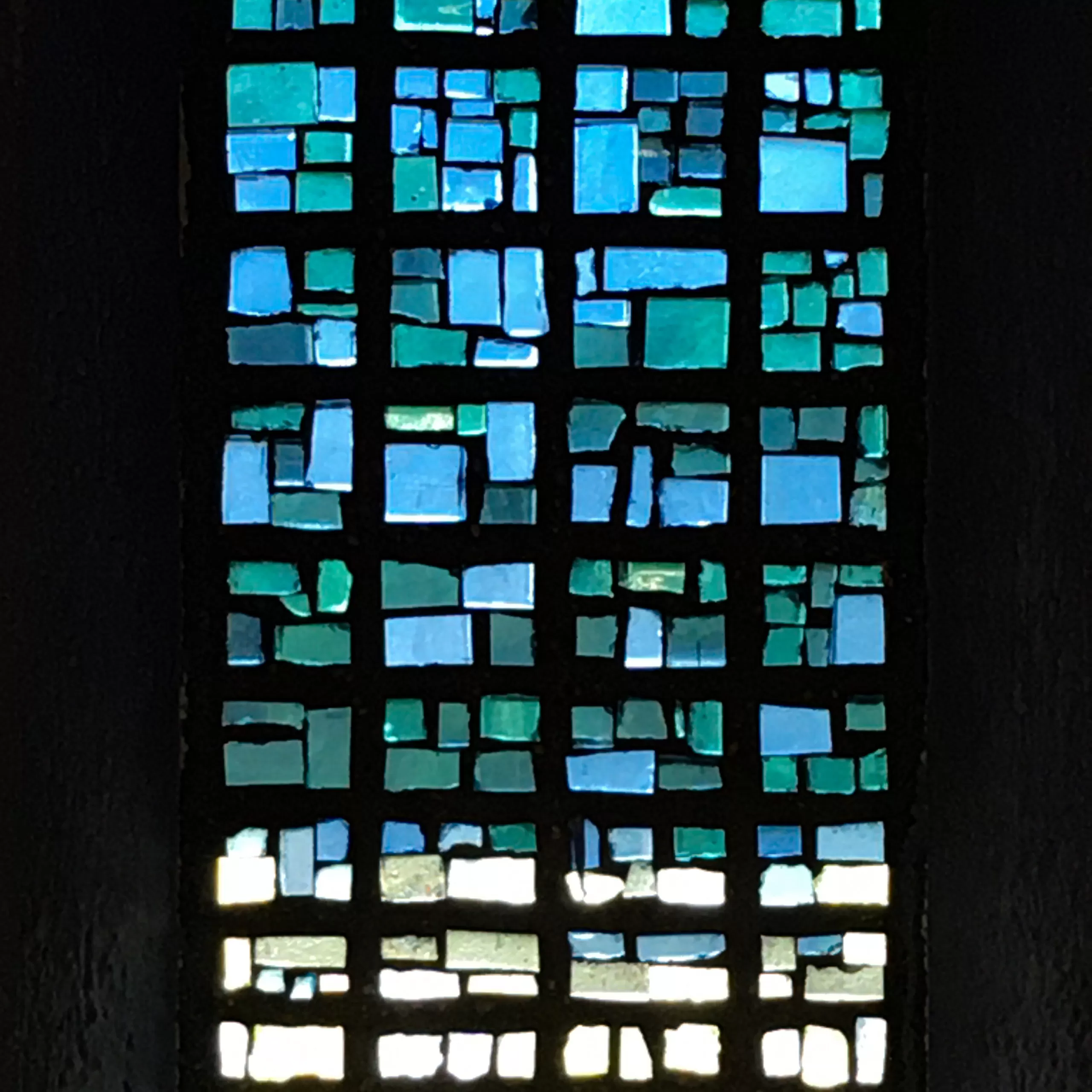
Sankt Petrus Canisius, 1927-1928. Architekten: Hugo Schlösser, Wilhelm Friedrich Laur. Photo: Daniela Christmann

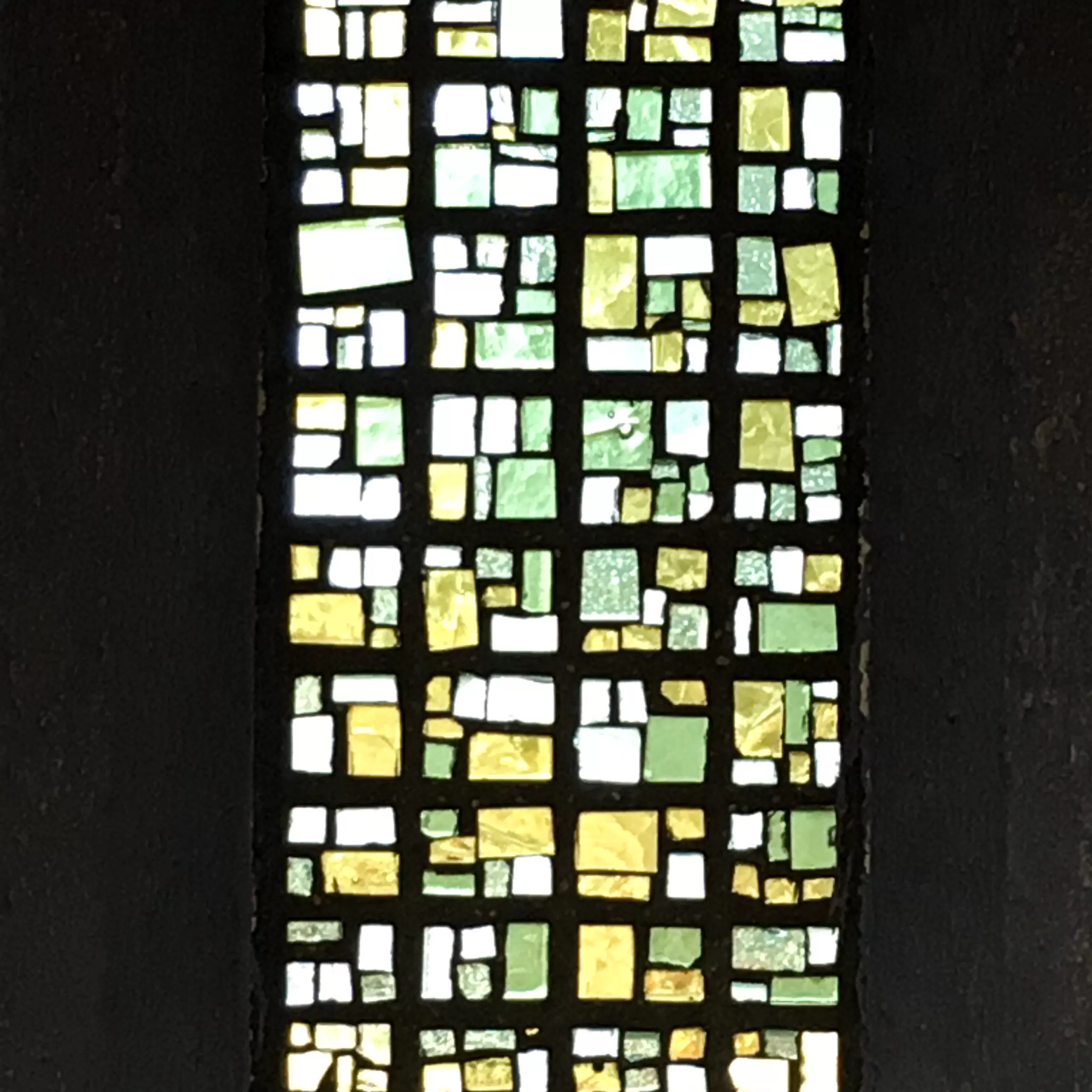
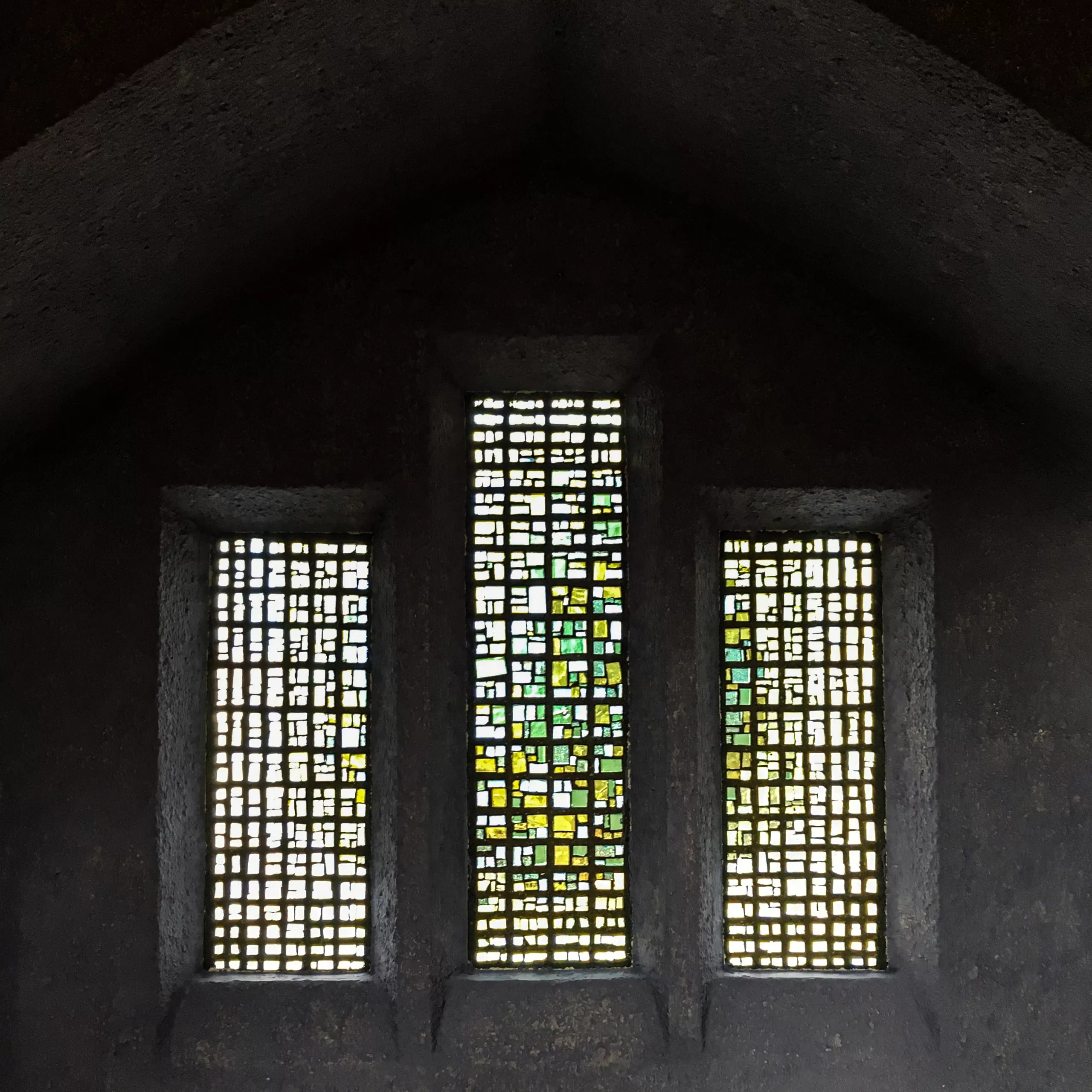
I visited the church at midday when the clock announced midday. what an experience. The building is a truly magnanimous art deco structure to the limits. the sickle door handles, the beautiful painted glass, the modern purple colour of the exterior and the serene ambience. the view of the tower from the middle of the cloister is unique and worth the experience.